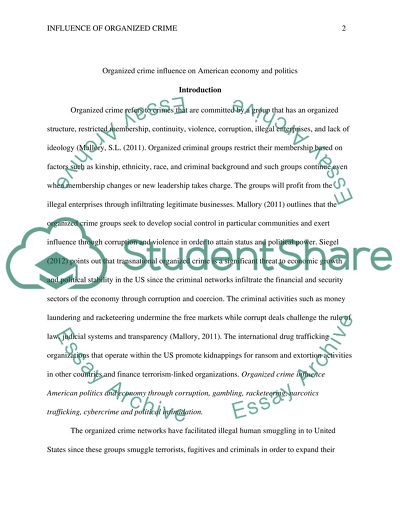Cite this document
(“The Influence of Organized Crime Research Paper”, n.d.)
Retrieved from https://studentshare.org/law/1685408-the-influence-of-organized-crime
Retrieved from https://studentshare.org/law/1685408-the-influence-of-organized-crime
(The Influence of Organized Crime Research Paper)
https://studentshare.org/law/1685408-the-influence-of-organized-crime.
https://studentshare.org/law/1685408-the-influence-of-organized-crime.
“The Influence of Organized Crime Research Paper”, n.d. https://studentshare.org/law/1685408-the-influence-of-organized-crime.


